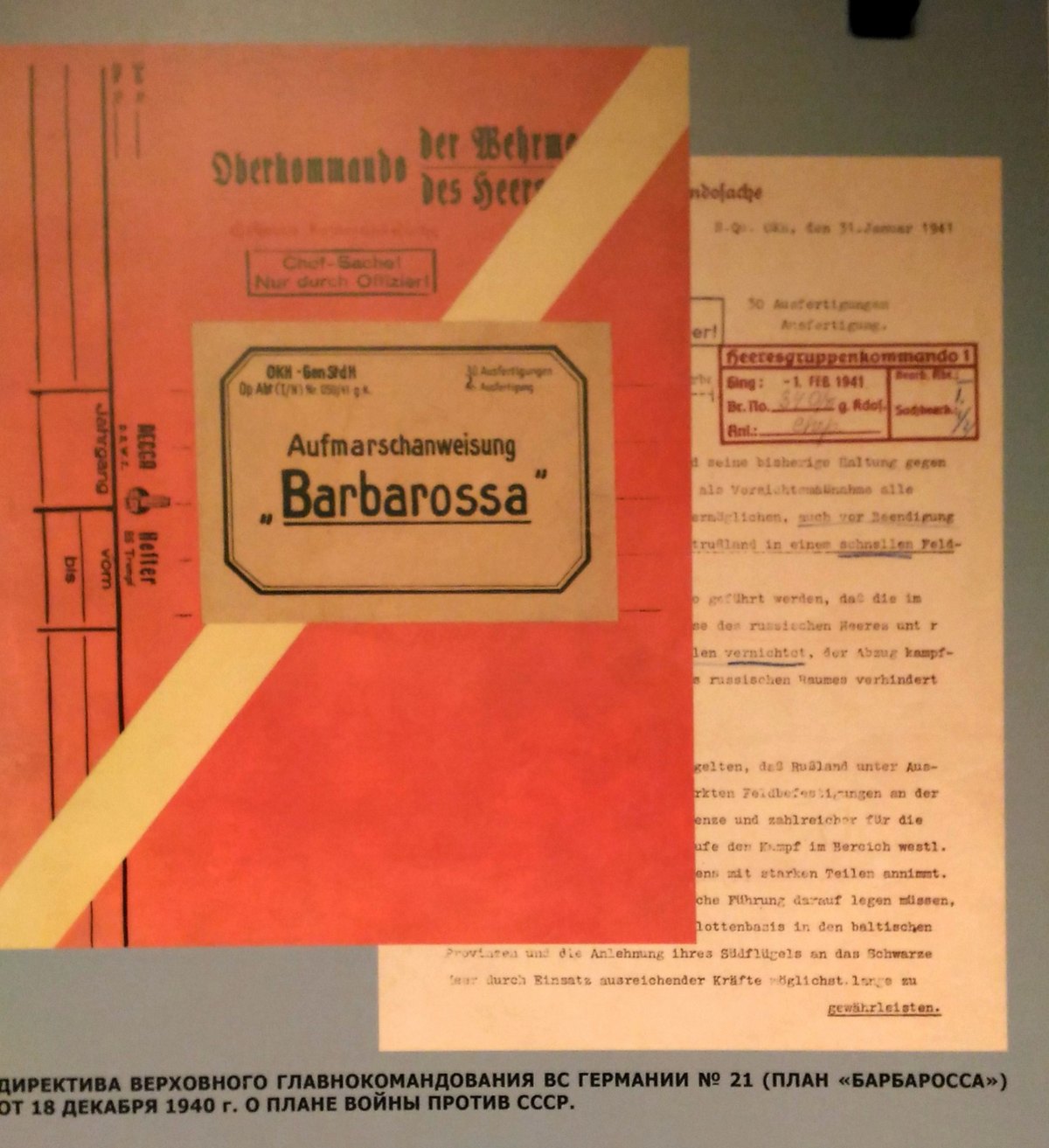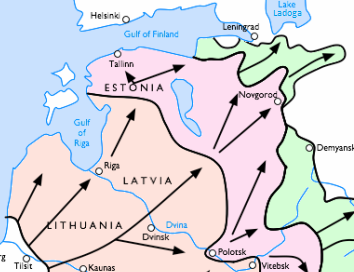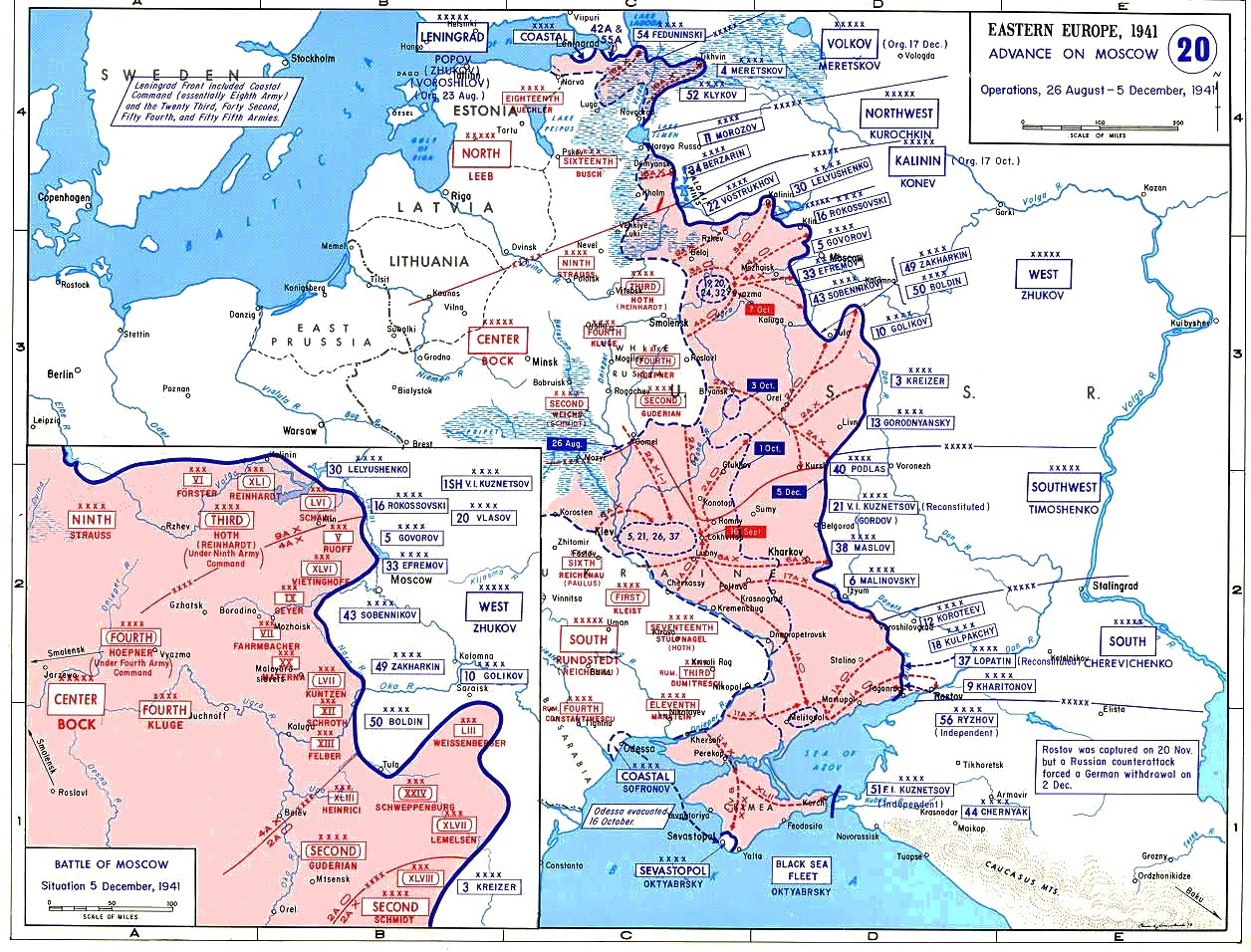|
Tashkent Higher All-Arms Command School
The Tashkent Higher All-Arms Command School () was a military academy of the Ministry of Defense of Uzbekistan. It was previously known as the Tashkent Higher Combined Arms Command School named after Vladimir Lenin (). It was one of the oldest military establishments of the USSR preparing infantry officers for the Soviet Army. The school was disbanded after former Uzbek SSR gained independence in 1991 and became the Republic of Uzbekistan. The last banner of the school was removed from the No. 1 Guard Post and deposited into the State Museum of the Armed Forces of Uzbekistan. History TVOKU, or as it was called colloquially, the Leninsky College was founded on July 12, 1918, when the Military Commissariat of the Turkestan Soviet Republic ordered the government to organize the Turkestan Soviet command courses in Central Asia for the training of Bolshevik commanders. On the 31st of that month, it was announced that a command school would be created in Tashkent. On Septemb ... [...More Info...] [...Related Items...] OR: [Wikipedia] [Google] [Baidu] |
State Museum Of The Armed Forces Of Uzbekistan
The State Museum of the Armed Forces of Uzbekistan () is an institution located in northern Tashkent, the capital of Uzbekistan. It is under the direct control of the Ministry of Defense and serves as one of its cultural institutions. The museum has over 10,000 pieces of Uzbek military memorabilia, dating back from Great Patriotic War era equipment to military artifacts from the Timurid dynasty. The total area is 3,000 square meters. History It was founded in 1965 as the Museum of the Turkestan Military District of the Soviet Armed Forces. It served under the Central House of Military Officers. It moved to his current building on 7 May 1975, in honor of the 30th anniversary of the German Instrument of Surrender. In 2010, a monument was erected, known as the "Oath to the Motherland". It was unveiled by the President Islam Karimov as a replacement for a Soviet Army that was taken down the previous year. The reasoning behind this move was that the Soviet monument "did not represent ... [...More Info...] [...Related Items...] OR: [Wikipedia] [Google] [Baidu] |
Ministry Of Defense Of Uzbekistan
The Ministry of Defense of the Republic of Uzbekistan () exercises administrative and operational leadership of the Armed Forces of the Republic of Uzbekistan. The Uzbek Minister of Defense is the nominal head of all the Armed Forces, serving under the President of the Republic of Uzbekistan, who is the Supreme Commander-in-Chief of the Armed Forces of the Republic of Uzbekistan. In this capacity, the minister exercises day-to-day administrative and operational authority over the armed forces. In wartime, the defense minister also serves in an official capacity as the Deputy Supreme Commander-in-Chief of the military. The General Staff, the executive body of the Ministry of Defense, implements the defense minister's operational instructions and orders. The Oliy Majlis exercises legislative authority over the Ministry of Defense through the Government of Uzbekistan, which is nominally responsible for maintaining the armed forces at the appropriate level of readiness. The ministry ... [...More Info...] [...Related Items...] OR: [Wikipedia] [Google] [Baidu] |
Soviet–Afghan War
The Soviet–Afghan War took place in the Democratic Republic of Afghanistan from December 1979 to February 1989. Marking the beginning of the 46-year-long Afghan conflict, it saw the Soviet Union and the Armed Forces of the Democratic Republic of Afghanistan, Afghan military fight against the rebelling Afghan mujahideen, aided by Pakistan. While they were backed by various countries and organizations, the majority of the mujahideen's support came from Pakistan, the United States (as part of Operation Cyclone), the United Kingdom, China, Iran, and the Arab states of the Persian Gulf, in addition to a large influx of foreign fighters known as the Afghan Arabs. American and British involvement on the side of the mujahideen escalated the Cold War, ending a short period of relaxed Soviet Union–United States relations. Combat took place throughout the 1980s, mostly in the Afghan countryside, as most of the country's cities remained under Soviet control. The conflict resulted in the de ... [...More Info...] [...Related Items...] OR: [Wikipedia] [Google] [Baidu] |
Moscow
Moscow is the Capital city, capital and List of cities and towns in Russia by population, largest city of Russia, standing on the Moskva (river), Moskva River in Central Russia. It has a population estimated at over 13 million residents within the city limits, over 19.1 million residents in the urban area, and over 21.5 million residents in Moscow metropolitan area, its metropolitan area. The city covers an area of , while the urban area covers , and the metropolitan area covers over . Moscow is among the world's List of largest cities, largest cities, being the List of European cities by population within city limits, most populous city entirely in Europe, the largest List of urban areas in Europe, urban and List of metropolitan areas in Europe, metropolitan area in Europe, and the largest city by land area on the European continent. First documented in 1147, Moscow became the capital of the Grand Principality of Moscow, which led the unification of the Russian lan ... [...More Info...] [...Related Items...] OR: [Wikipedia] [Google] [Baidu] |
Central Armed Forces Museum
The Central Armed Forces Museum () also known as the Museum of the Soviet Army, is located in northern Moscow, Russia, near the Red Army Theater. History The first exposition which showed the military condition of the Soviet Republic and the Red Army was organised in Moscow in the building of today's State Universal Store, and was opened by Vladimir Lenin on the 25 May 1919, following a parade in Red Square. On 23 December 1919 an order was issued on the formation of a museum-exposition "Life of the Red Army and Fleet" in the same location, whose purpose was to Inform the public about the achievements by post-October Revolution Soviet Russia. In 1920 another exhibition was organised and dedicated to the 2nd Congress of the Communist International in Moscow about the life and deeds of the Soviet Republic and its young armed forces which defend the conquests of the proletariat. In 1921 the exposition was transformed into the Museum of the Red Army and Fleet, and it was moved t ... [...More Info...] [...Related Items...] OR: [Wikipedia] [Google] [Baidu] |
Siege Of Leningrad
The siege of Leningrad was a Siege, military blockade undertaken by the Axis powers against the city of Leningrad (present-day Saint Petersburg) in the Soviet Union on the Eastern Front (World War II), Eastern Front of World War II from 1941 to 1944. Leningrad, the country's second largest city, was besieged by Nazi Germany, Germany and Finland for 872 days, but never captured. The siege was the List of sieges, most destructive in history and possibly the List of battles by casualties#Sieges and urban combat, most deadly, causing an estimated 1.5 million deaths, from a prewar population of 3.2 million. It was not classified as a war crime at the time, but some historians have since classified it as a genocide due to the intentional destruction of the city and the systematic starvation of its civilian population. p. 334 In August 1941, Nazi Germany, Germany's Army Group North reached the suburbs of Leningrad as Finnish forces moved to encircle the city from the north. Land ... [...More Info...] [...Related Items...] OR: [Wikipedia] [Google] [Baidu] |
Battle Of Moscow
The Battle of Moscow was a military campaign that consisted of two periods of strategically significant fighting on a sector of the Eastern Front during World War II, between October 1941 and January 1942. The Soviet defensive effort frustrated Hitler's attack on Moscow, the capital and largest city of the Soviet Union. Moscow was one of the primary military and political objectives for Axis forces in their invasion of the Soviet Union. The German Strategic Offensive, named Operation Typhoon, called for two pincer offensives, one to the north of Moscow against the Kalinin Front by the 3rd and 4th Panzer Armies, simultaneously severing the Moscow–Leningrad railway, and another to the south of Moscow Oblast against the Western Front south of Tula, by the 2nd Panzer Army, while the 4th Army advanced directly towards Moscow from the west. Initially, the Soviet forces conducted a strategic defence of Moscow Oblast by constructing three defensive belts, deploying newly r ... [...More Info...] [...Related Items...] OR: [Wikipedia] [Google] [Baidu] |
Eastern Front (World War II)
The Eastern Front, also known as the Great Patriotic War (term), Great Patriotic War in the Soviet Union and its successor states, and the German–Soviet War in modern Germany and Ukraine, was a Theater (warfare), theatre of World War II fought between the European Axis powers and Allies of World War II, Allies, including the Soviet Union (USSR) and Polish Armed Forces in the East, Poland. It encompassed Central Europe, Eastern Europe, Northern Europe, Northeast Europe (Baltic states, Baltics), and Southeast Europe (Balkans), and lasted from 22 June 1941 to 9 May 1945. Of the estimated World War II casualties, 70–85 million deaths attributed to World War II, around 30 million occurred on the Eastern Front, including 9 million children. The Eastern Front was decisive in determining the outcome in the European theatre of World War II, European theatre of operations in World War II, eventually serving as the main reason for the defeat of Nazi Germany and the Axis ... [...More Info...] [...Related Items...] OR: [Wikipedia] [Google] [Baidu] |
Wehrmacht
The ''Wehrmacht'' (, ) were the unified armed forces of Nazi Germany from 1935 to 1945. It consisted of the German Army (1935–1945), ''Heer'' (army), the ''Kriegsmarine'' (navy) and the ''Luftwaffe'' (air force). The designation "''Wehrmacht''" replaced the previously used term (''Reich Defence'') and was the manifestation of the Nazi regime's efforts to German rearmament, rearm Germany to a greater extent than the Treaty of Versailles permitted. After the Adolf Hitler's rise to power, Nazi rise to power in 1933, one of Adolf Hitler's most overt and bellicose moves was to establish the ''Wehrmacht'', a modern offensively-capable armed force, fulfilling the Nazi regime's long-term goals of regaining lost territory as well as gaining new territory and dominating its neighbours. This required the reinstatement of conscription and massive investment and Military budget, defence spending on the arms industry. The ''Wehrmacht'' formed the heart of Germany's politico-military po ... [...More Info...] [...Related Items...] OR: [Wikipedia] [Google] [Baidu] |
Red Army
The Workers' and Peasants' Red Army, often shortened to the Red Army, was the army and air force of the Russian Soviet Republic and, from 1922, the Soviet Union. The army was established in January 1918 by a decree of the Council of People's Commissars to oppose the military forces of the new nation's adversaries during the Russian Civil War, especially the various groups collectively known as the White Army. In February 1946, the Red Army (which embodied the main component of the Soviet Armed Forces alongside the Soviet Navy) was renamed the "Soviet Army". Following the dissolution of the Soviet Union it was split between the post-Soviet states, with its bulk becoming the Russian Ground Forces, commonly considered to be the successor of the Soviet Army. The Red Army provided the largest land warfare, ground force in the Allies of World War II, Allied victory in the European theatre of World War II, and its Soviet invasion of Manchuria, invasion of Manchuria assisted the un ... [...More Info...] [...Related Items...] OR: [Wikipedia] [Google] [Baidu] |
Second World War
World War II or the Second World War (1 September 1939 – 2 September 1945) was a World war, global conflict between two coalitions: the Allies of World War II, Allies and the Axis powers. World War II by country, Nearly all of the world's countries participated, with many nations mobilising all resources in pursuit of total war. Tanks in World War II, Tanks and Air warfare of World War II, aircraft played major roles, enabling the strategic bombing of cities and delivery of the Atomic bombings of Hiroshima and Nagasaki, first and only nuclear weapons ever used in war. World War II is the List of wars by death toll, deadliest conflict in history, causing World War II casualties, the death of 70 to 85 million people, more than half of whom were civilians. Millions died in genocides, including the Holocaust, and by massacres, starvation, and disease. After the Allied victory, Allied-occupied Germany, Germany, Allied-occupied Austria, Austria, Occupation of Japan, Japan, a ... [...More Info...] [...Related Items...] OR: [Wikipedia] [Google] [Baidu] |







